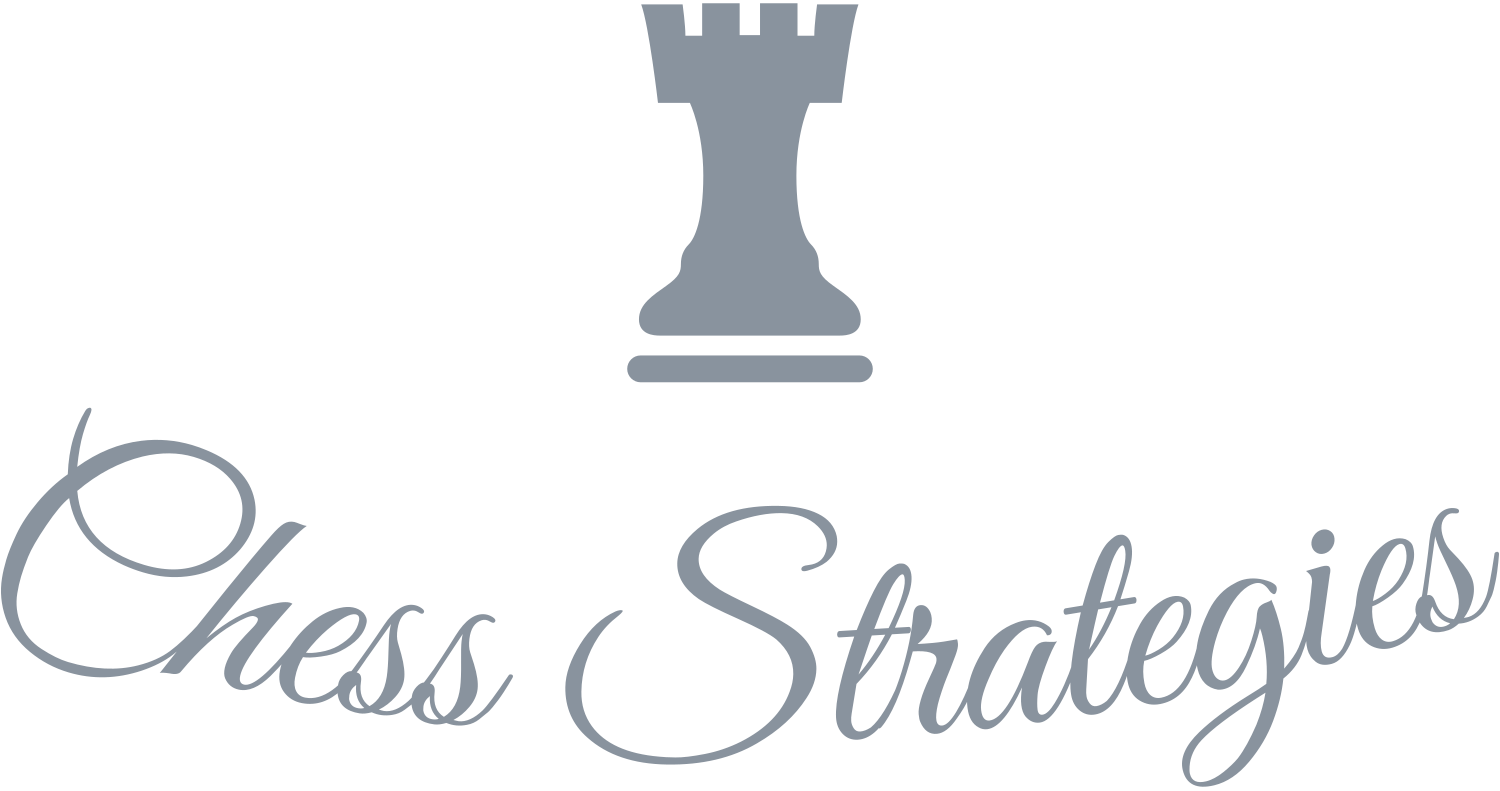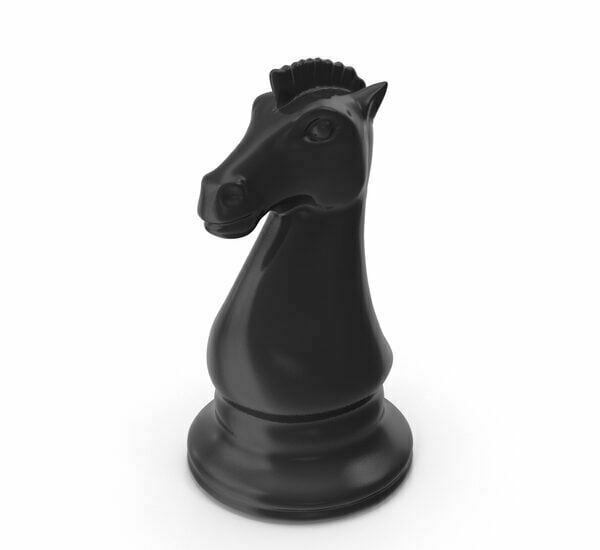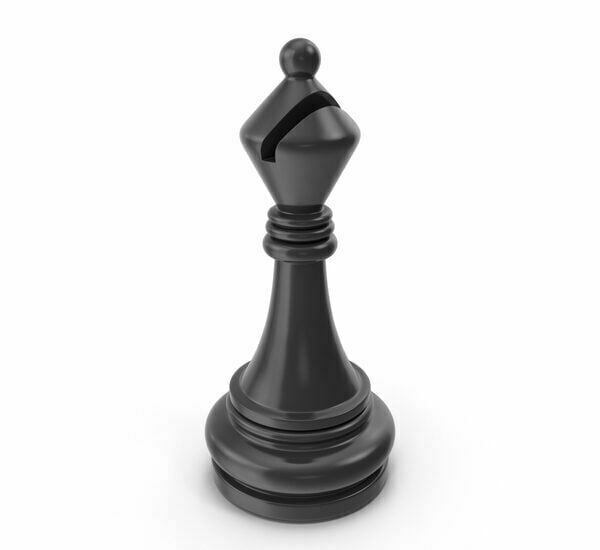A Complete Guide to Understanding of Chess Pieces – The Pawn

Pawns are often thought of as the simplest chess pieces, but they play a crucial role in the game’s outcome. Understanding pawns’ movement, capture, and strategic importance are essential for chess’s success. This comprehensive guide will explore the world of chess pawns and provide in-depth how-to tutorials on all aspects of pawn play, from the basics of their movement and capture rules to advanced pawn play techniques.
Understanding the Chess Pieces – The Pawn
Movement and Capture Rules
Each player starts the game with eight pawns, placed in front of their other pieces on the second and seventh ranks. Pawns move and capture differently from other pieces; understanding these rules is crucial for playing chess well.
• Basic Movement
A pawn can move forward one square at a time. It can never move backward. If a pawn lands on a square occupied by an opponent’s piece, it captures the piece and removes it from the board. Pawns can only capture diagonally in the squares directly in front of them.
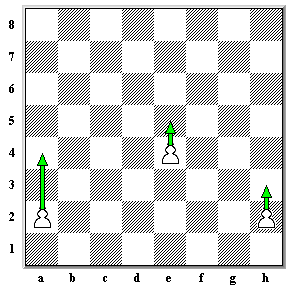
• First Move
On its first move, a pawn can move forward two squares instead of one. This can be a valuable tool for quickly creating space and preparing to castle. However, it also leaves the pawn more vulnerable to attack from opposing pawns.
• Capturing Pieces
When a pawn captures an opponent’s piece, it replaces the piece on the square it just moved to. This can be an effective way to control the center of the board and restrict the movement of the opponent’s pieces. However, it is essential to consider the potential weaknesses this creates in your pawn structure.
The Strategic Importance of Pawn Structure
The arrangement of pawns on the board, known as pawn structure, has a significant impact on the outcome of a chess game. Strong pawn structures can restrict the movement of the opponent’s pieces and create opportunities for your pieces to be more active. On the other hand, weaknesses in your pawn structure can lead to tactical vulnerabilities that your opponent can exploit.
• Pawn Advances
One way to improve pawn structure is through pawn advances. By pushing pawns forward, you can create space for your pieces, restrict the movement of the opponent’s pieces, and potentially create passed pawns.
• Pawn Chains
Pawn chains refer to a series of connected pawns of the same color that support each other. Pawn chains can be complicated for the opponent to break and often lead to the creation of passed pawns.
• Weaknesses in Pawn Structure
Awareness of weaknesses in your pawn structure is essential, such as isolated pawns, doubled pawns, or backward pawns. The opponent can exploit these weaknesses to gain an advantage in the game. Identifying and addressing these weaknesses is an essential aspect of pawn play.
Passed Pawns
A passed pawn is a pawn with no enemy pawns in front of it and can advance to the end of the board without being captured. Passed pawns
can be a powerful weapon in the endgame, as they can often be promoted to a queen or other strong piece.
• Definition
A passed pawn is a pawn with no enemy pawns blocking its path to the end of the board. It can advance freely without the threat of capture, making it a potential endgame force.
• Importance
Passed pawns can be extremely valuable in the endgame. As a passed pawn advances, it can often force the opponent’s pieces to retreat, creating space for your other pieces to be more active. Additionally, a passed pawn that reaches the end of the board can be promoted to a queen or other strong piece, giving you a significant advantage in the endgame.
• Creating Passed Pawns
Creating passed pawns can be difficult, but it is an essential aspect of pawn play. One way to create passed pawns is through pawn chains and pawn advances. Additionally, exchanging pieces blocking the path of your pawns can also lead to the creation of passed pawns.
Pawn Promotions
When a pawn reaches the eighth rank, it must be promoted to a piece of your choice. This can be a queen, rook, bishop, or knight. Understanding when and how to promote your pawns is an important aspect of pawn play.
• Requirements
A pawn must reach the eighth rank to be eligible for the promotion. Once it does, it must be promoted to a piece of your choice.
• Choosing the Right Piece
Choosing the right piece for promotion can be a crucial decision. A queen is the most powerful piece on the board and can be a game-changer, but better choices may exist. Factors to consider when choosing a piece for promotion include tactical considerations, material imbalances, and the position of the other pieces on the board.
• Tactical Considerations
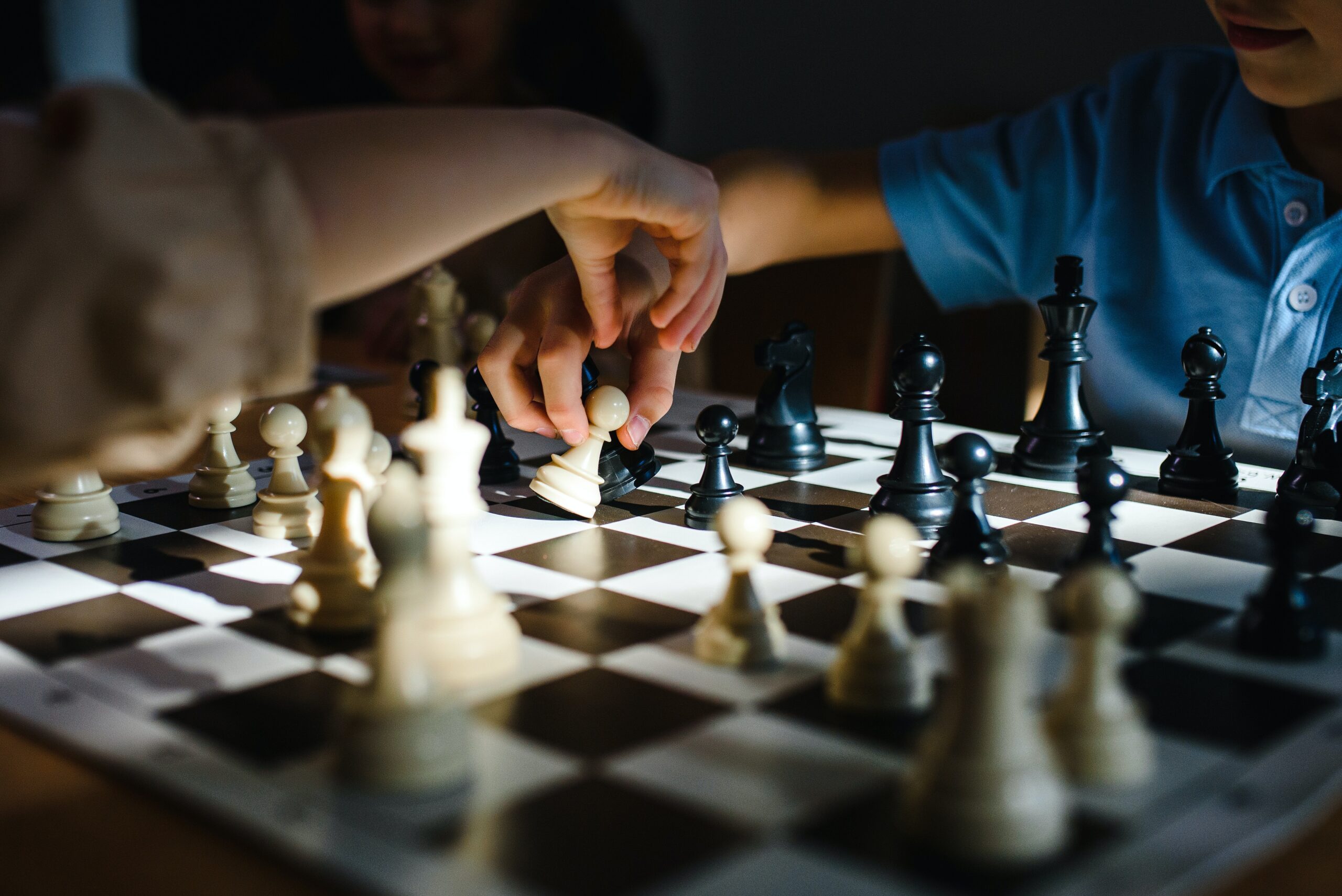
In many cases, promotion to a queen can be a good choice, as it is the most powerful piece on the board. However, there may be other tactical considerations to take into account. For example, promoting to a rook can help create a passed pawn, or promoting to a knight can help improve your control of the center.
In conclusion, pawns play a crucial role in the outcome of a chess game. Understanding pawns’ movement, capture, and strategic importance are essential for chess’s success. Following the how-to tutorials in this guide can improve your pawn play and take your chess game to the next level.
